

I've Never Seen Such a Big Collection of Female Composers!
This amazing interactive image will take you to a whole world of wonderful music composed by female composers. There are no less than 110 artists to discover.
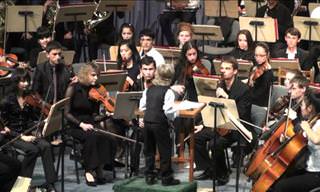 9:07
9:07
Listen to this 7 Year Old Musician, You Won't Regret It...
And a little boy shall lead them...

Enjoy 30 of the Most Famous Piano Pieces in the World
From Beethoven to Mozart, Chopin to Schumann, these are truly the most famous piano pieces of all time! We're sure you'll agree!
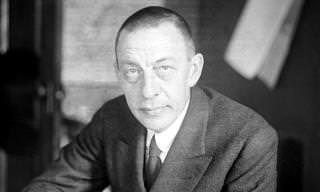
Rachmaninoff Was a Composer With a Style All His Own...
Rachmaninoff is one of the world's most celebrated composers, who produced his best work toward the end of his life. Enjoy 16 pieces of music by him.
 3:46
3:46
WATCH: This Romantic Composer's Work Is Utterly Magical
The Romantic composer, Johannes Brahms, completed a series of compositions called the Hungarian Dances. Enjoy Hungarian Dance no. 5 in this video.
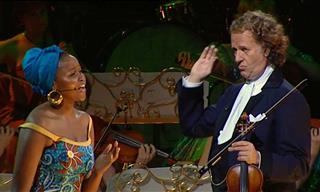 5:27
5:27
Andre Riéu Takes Us on An African Musical Ride
Another incredible musical performance by Andre Riéu, inspired by Africa.

This Food Artist Works Some Halloween Magic Into Her Pies
Jessica Clark Bojin is a baker that makes her pies with an artistic twist, perfectly displayed in these Halloween themed spooky pies!

22 Thought Provoking Winners of Budapest Foto Awards
The Budapest International Foto Awards just published their winners, and the photographs are so thought-provoking and unique, they truly speak for themselves.
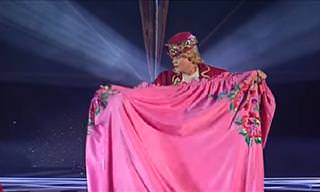 5:55
5:55
This Magician's Illusions Will Leave You Stumped
In this video, Ivan Netcheporenko entertains his audience with some brilliant illusions.

5 Priceless Works of Art That Are Lost Forever
From ancient sculptures to manuscripts that could have been classical pieces of literature, here are 5 priceless works of art that are sadly lost forever.
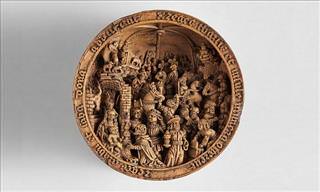
How Could Carvings so Intricate & Tiny Have Been Handmade?
These boxwood carvings are among the most mysterious little wonders in art history. Now, finally, science appears to have explained just how they were made.
 1:54:07
1:54:07
Watch the André Rieu Full Dublin Concert!
Enjoy 2 hours with one of the best classical musician hosts and conductors: André Rieu in Dublin.
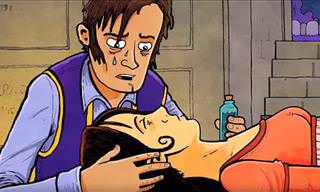
Revisit Shakespeare's Plays With These Lovely Animations!
Get to know Shakespeare's plays a lot better with these 12 animated summaries.
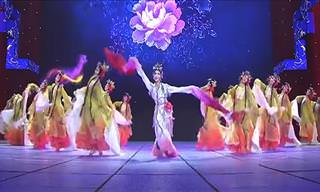 3:46
3:46
This Traditional Chinese Dance Will Leave You in Awe!
If there's one thing that the Chinese know how to do, it's dancing. Check out this fantastic traditional Chinese dance.
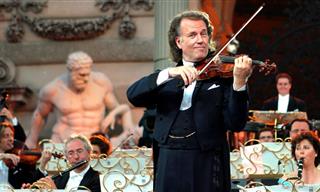 2:15:00
2:15:00
Millions Have Already Watched This Concert by Andre Rieu
Experience an unforgettable 2-Hour concert with André Rieu
 4:29
4:29
When Classic Meets Rock: A Gorgeous Rendition
Watch and listen as the Piano Guys, famous for their renditions of modern music, play an amazing rendition of "Sweet Child o' Mine)
 2:25
2:25
This Might Be the Most Fun Ballet Video Out There
The Hong Kong Ballet is responsible for one of the most fun ballet videos out there. Don't miss it!
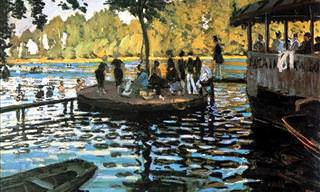
10 Fantastic Claude Monet Paintings to Marvel At!
Claude Monet painted some of the world's greatest Impressionism masterpieces. Here are 10 of his most well-known paintings.
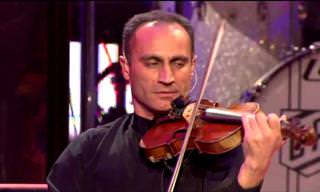 3:27
3:27
Enjoy a Truly Spectacular Harp and Violin Performance
This harp and violin performance isn't like any you've ever seen before. Watch it now.

Animal Embroidery With a Beautiful Twist – 10 Pics
These beautiful animal embroidery photos have a unique twist - they are embellished with little bits of jewelry.

This Teenage Artist Has an Incredible Unexpected Talent
Teenage self-taught hairstylist Milena makes real art out of hair.
 33:15
33:15
This Incredible Pianist is 82 and Still Phenomenal!
Martha Argerich is 82 and still a world-class pianist.

Could You Believe This Art Is Carved Out of a Pumpkin?
The pumpkins are not your typical Halloween pumpkin carving.

The Silent Power of Monochrome Sculptures (16 Pics)
These beautiful monochrome sculptures by Hans Op De Beeck capture moments of quiet contemplation.
 7:35
7:35
Acrobats on Unicycles? Now I Really Have Seen It All...
These Chinese unicycle acrobats will completely blow you away! Check out their daring performance here.

Intricate Winged Animals From a Piece of Paper - Terrific!
These intricate paper cutouts of animals are simply terrific!
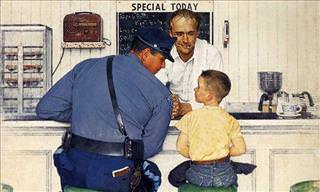
Feast Your Eyes on 10 Masterpieces by Norman Rockwell
Norman Rockwell was a famous 20th century American painter. Here are 10 of his best paintings.
 21:50
21:50
This World Circus Acrobatic Performance is a Must-Watch!
This acrobatic performance is unlike anything you will ever watch! Remarkable!
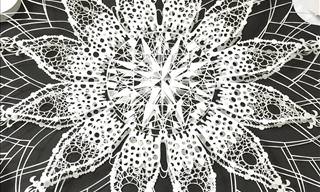
What Patience Was Required to Create This Impressive Art!
This impressive paper cutting art requires a great deal of patience. Take a look.

Have You Ever Seen Banana Art? 15 Lovely Illustrations
Art can be created on virtually anything. For Anna Chojnicka, the unconventional canvas of choice is... a banana! Check out her lovely illustrations.
 5:02
5:02
Andre Rieu Does it Again: I'll Never Let You Go...
The beauty of this song echos through your soul - i'll never let you go

This Video Collection Will Turn You Into an Artist!
If you've ever wanted to learn how to draw but had no clue how to start, all that's about to change thanks to this video guide. Watch the videos and draw away!

Gaudi: The Iconic Architect That Made Buildings Look Alive
Antoni Gaudi is the most famous Modernist architect. This is a story of his life and creative evolution.

These Stunning Tree Carvings Are a Sight to Behold
Wood carvers and sculptors are truly gifted individuals, and this is evidenced by their amazing work at these 9 places. View their beauty for yourself.
 5:18
5:18
Watch a Beautiful Visualization of Liszt's La Campanella
Listen to a masterful rendition of La Campanella, along with a brilliant visualization of each and every note this is being played.
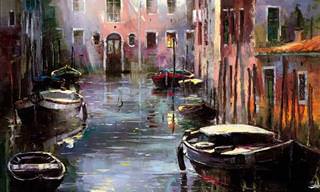
This Beautiful Art Reminds Us How Truly Stunning Europe Is
Gleb Goloubetski beautifully captures top European cities. Take a look at his stunning art.

17 Charming Artworks and Famous Paintings of Winslow Homer
In this post, you can take a closer look at some of the best paintings and artworks by noted American painter Winslow Homer.

In the Right Hands, Rusty Cutlery Can Turn Into ART!
This self-taught artist uses exclusively scrap metal and welds it into detailed and lifelike sculptures of animals and people.
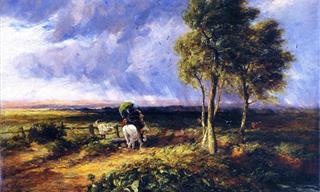
David Cox - One of the Greatest English Landscape Painters
Enjoy the artworks of David Cox, one of the greatest English landscape painters.
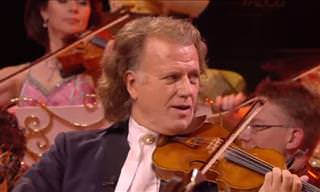 3:06
3:06
Andre Rieu Plays Kalinka Like You've Never Seen It!
Hope you enjoy this wonderful performance as much as the people in this fantastic crowd did.
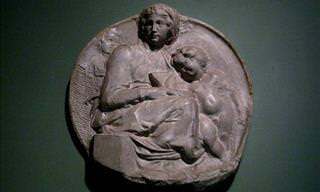
There’s a Side to Michelangelo’s Artwork You’ve Never Seen
Take a look at the work of artist Michelangelo, beyond the Sistine Chapel and the statue of David, and created by him over 70 years.

15 Cute Pictures With a Deep Inspirational Subtext
These wonderful pictures are guaranteed to inspire you and brighten your day!

8 Artworks by Michelangelo You Must See in Real Life
More than 450 years after his death, Michelangelo di Lodovico Buonarroti Simoni remains one of the world’s most celebrated artists. Here's his best work!

Feast Your Eyes on Titian's 10 Most Epic Masterpieces
Have a look at these ten incredible masterpieces from one of Italy's finest artists. As a painter, he was extremely versatile, and his body of work includes portraits, scenes from mythology and religion, as well as breathtaking natural landscapes.
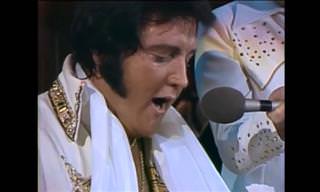 4:34
4:34
This Was One of Elvis Presley's Last Great Performances
Here's an extremely rare and great quality video of the King, Elvis Presley introducing and performing "Unchained Melody".
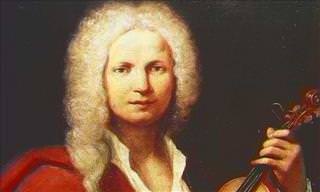
Let Vivaldi's Music Breathe Renaissance Beauty Over You
Vivaldi is one of the biggest names in all of musical history, and now you can hear why with this collection of 24 of his finest compositions.
To enable your Ad-Free Subscription, please fill the fields below
Your subscription was successful, now you can enjoy an ad-free experience!! Note: To make sure you get no ads, please make sure to log in to your account. If you are logged in already, then refresh the page. The subscription can be cancelled at any time.












